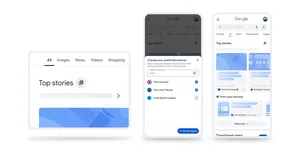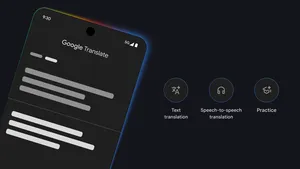Getting college information into the hands of those who need it, when they need it
As students and families share their hopes for the future, we want to make it easier for college to be a central part of that conversation. More historically underserved students are enrolling in college for the first time; more students are graduating from college than ever; and new student loan defaults, delinquencies, and forbearances are on the decline. Today, a college degree is the surest pathway to the middle class, with college graduates earning $1 million more over their lifetimes.
Through reforms to make colleges more affordable and accessible, we’re helping more students earn their college degree. We’ve simplified the Free Application for Federal Student Aid (FAFSA) by making it available earlier and by letting families use the previous year’s tax information, rather than making them estimate taxes for the current year. We’ve made it easier by allowing families to import tax information directly from the IRS. We’ve also doubled federal financial aid investments, created better, more affordable debt repayment options and promoted innovation and competition to bring down college costs and improve the quality of education. All of those changes have helped lower the barriers to applying to college.
These accomplishments are quantifiable. Then, there are those that aren’t — like how we are turning conversations from “Can I even afford college?” to “Where should I go?” and “What should I study?” or “How can I serve the community with my college education?” Those questions are now easier to answer than ever because of tools like the College Scorecard — and with the help of Google’s technology, this data will now be easily accessible to more people nationwide.
Designed hand-in-hand with students, parents, educators, researchers, policymakers and counselors, the College Scorecard has the most comprehensive data ever published about college costs, graduation rates, employment outcomes and student debt for every college. The dataset includes nearly 2,000 elements for more than 7,000 institutions, dating back 18 years.
With the College Scorecard, students and families can have better information to answer their college questions when looking into which schools to apply to. Starting next year, the FAFSA will direct students to the College Scorecard so that they can expand their college search and make the most informed college decision. And anyone — teachers, counselors, policymakers, researchers and school leaders — can use the data to support students’ success.
We're thrilled that starting today you can find college cost, graduation and earnings information from the College Scorecard directly in Google Search. Hundreds of millions of students and families pursue their college questions through Google, where trillions of searches are made every year. By featuring this data front and center, Google is helping more students and families get the information they need when they need it

Google is also part of a robust and diverse group of organizations and companies committed to improving college access, affordability and outcomes. Organizations such as the College Board, ACT and Common App are encouraging students to use the College Scorecard and FAFSA to find schools that are good values before they submit their college entrance exam scores and their college applications. Apps such as College Abacus, and Pell Abacus are building College Scorecard data into college search tools oriented towards low-income students while federal agencies such as the Department of Veterans Affairs and Department of Defense are building the data into their college search tools to ensure that students have the information they need to apply their service member and veterans’ benefits at high-quality schools.
Together, we’re working to let all hard-working students know that they have the resources and supporters there alongside them every step of the way so that they can reach their educational goals.





